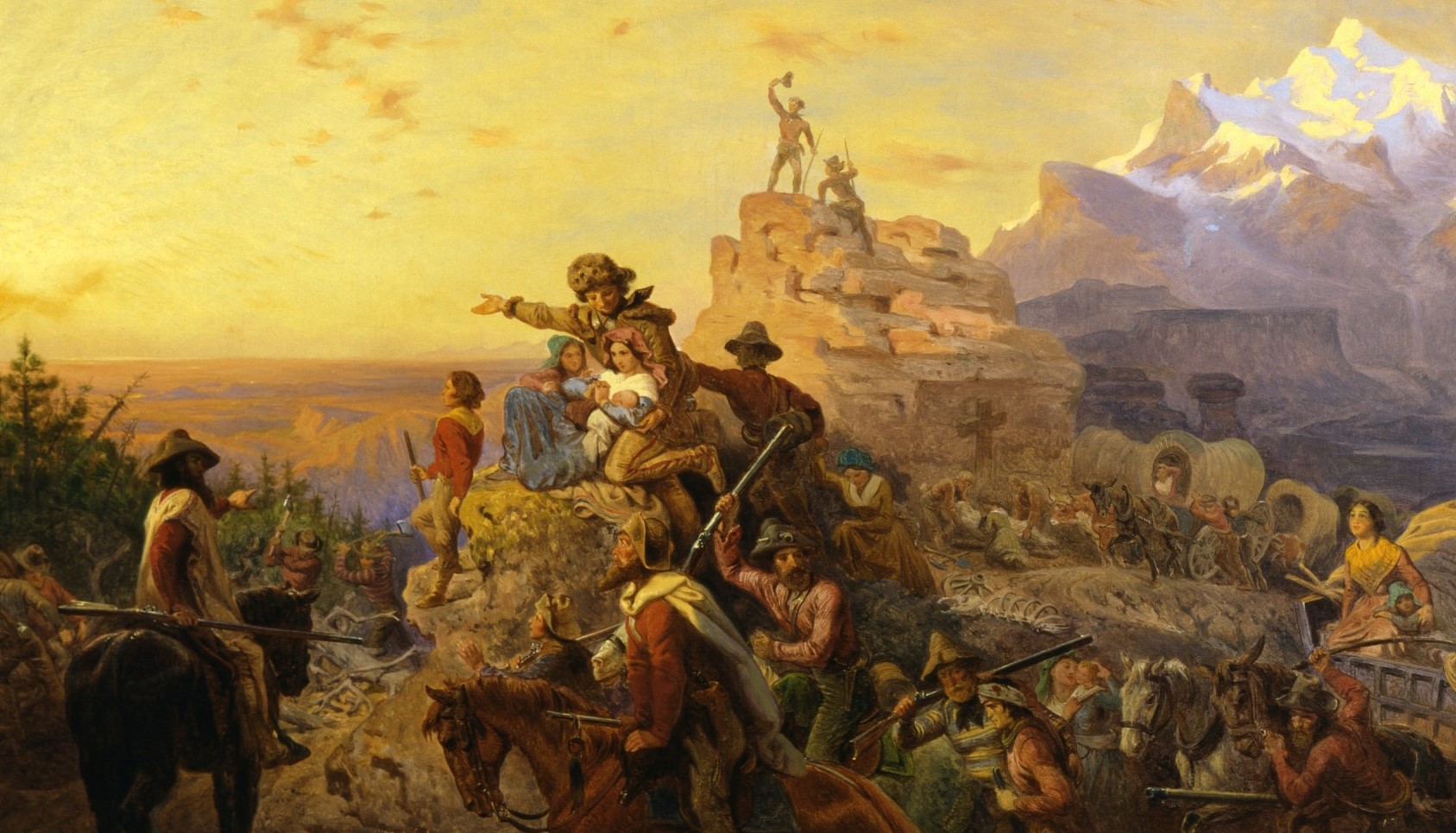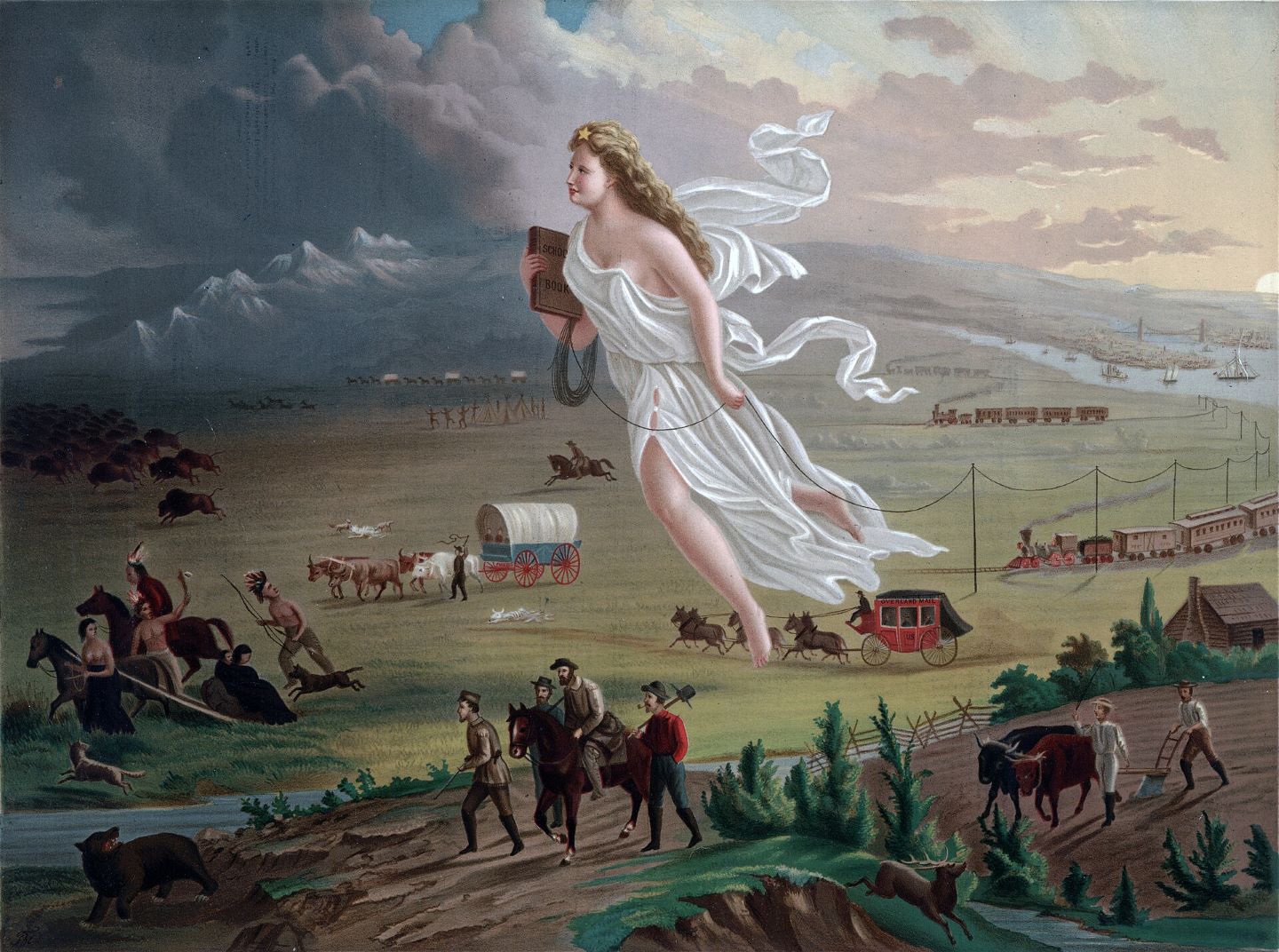Authors:
Historic Era: Era 4: Expansion and Reform (1801-1861)
Historic Theme:
Subject:
Summer 2024 | Volume 69, Issue 3


Authors:
Historic Era: Era 4: Expansion and Reform (1801-1861)
Historic Theme:
Subject:
Summer 2024 | Volume 69, Issue 3

Editor’s Note: One of the leading historians of the West, Elliott West has recently published Continental Reckoning: The American West in the Age of Expansion, from which he adapted this essay.
Between February 19, 1846 and July 4, 1848, the United States acquired more than 1.2 million square miles of land. It was, far and away, the greatest expansion in the nation’s history, more than half of what had been added in the Louisiana Purchase more than four decades earlier. If the nation were to add that much today, expanding not to the west but to the south, our borders would embrace all of Mexico, Guatemala, Honduras, Nicaragua, Belize, El Salvador, Costa Rica, Panama, and more than half of Colombia.
The expansion between 1845 and 1848 came in three interrelated episodes. The first was the annexation of Texas. In 1836, it had won its independence from Mexico, though Mexico continued formally to consider it a state in rebellion. Although opinion in Texas strongly favored joining the United States, a growing sentiment in the Northeast against expansion of African American slavery scuttled the possibility. For ten years, Texas would remain its own nation. By then, factions in the Democratic party strongly favored inviting the Lone Star Republic, and when the favorite candidate for the 1844 nomination, Martin Van Buren of New York, opposed it, the party turned instead to James Knox Polk of Tennessee, who campaigned for annexing both Texas and the Oregon Country of the Pacific Northwest—territory strongly desired by voters in the anti-Texas Northeast. Polk’s strategy, that is, was to offset opposition to some expansion, not by hedging his support for it, but by promising to expand still more. When he narrowly defeated the Whig stalwart Henry Clay of Kentucky, his victory was widely assumed to be a popular approval of a vigorous and general expansion.
See also "Polk's Peace" by Robert Merry
Polk’s predecessor, John Tyler, an expansionist who had been read out of the Whig party for his views, had negotiated a treaty of annexation, but the Senate rejected it after the new secretary of state, John Calhoun, publicly linked it to the preservation of Black slavery. Tyler, arguing that voters had made their wishes clear, called for inviting the republic through a constitutionally dubious joint congressional resolution that needed only simple majorities in both houses. That passed by a whisker. On the eve of his departure